Sigma 50-500 f/4.5-6.3 OS HSM (vs Canon 100-400)
The Sigma 50-500 was a success for Sigma - it had very good image quality, in spite of the huge 10x zoom range, and an affordable price. The new version promised to fix the main downside of the old 50-500: the lack of image stabilization. I have tested the new 50-500 OS HSM on my 7D and I have compared it with its rival, the Canon 100-400 L IS USM.
Many thanks to
DigitalFoto who loaned me the Sigma 50-500 OS and to
Marco who loaned me the Canon 100-400 IS!
As usual, I recommend to give a look to the page
Testing and reviewing a lens: it will help you to understand better this review and my testing methodology!
Specifications (compared with similar lenses)
����| � | � �Sigma 50-500 OS HSM | � �Canon 100-400 | � �Sigma 50-500 |
�
| �Focal length | � �50-500 | � �100-400 mm | � �50-500 mm |
�
| �Macro ratio | � �0.32 x | � �0.20x | � �0.19x |
�
| �Max Aperture | � �f/4.5-6.3 | � �f/4.5-5.6 | � �f/4-6.3 |
�
| �Stabilization | � �Yes | � �Yes | � �No |
�
| �Autofocus | � �Ultrasonic AF Motor | � �Ultrasonic AF Motor | � �Ultrasonic AF Motor |
�
| �Closest Focus | � �0.50 - 1.60 meters | � �1.80 meters | � �1 - 3 meters |
�
| �Dimensions | � �104 (D) x 219 (L) mm | � �92 (D) x 189 (L) mm | � �94 (D) x 218 (L) mm |
�
| �Weight | � �1970 g | � �1380 g | � �1650 g |
�
| �Weather sealing | � �No | � �No | � �No |
�
| �Price | � �$ 1600 | � �$ 1640 | � �$ 1000 |
�
| �Production | � �2010 | � �1998 | � �1999-2010� |
�
Built quality, stabilization and autofocus
The built quality of the new 50-500 OS is identical to the previous 50-500; when it was announced, some users where a bit worried because it is no longer labeled as "EX" (EX is the professional line of Sigma), but in practice it does not matter: both the built quality and the image quality are the same of the previous "EX" version. It is pretty solid, even though it does not give me the same feeling of strength of Canon L lenses, as the 100-400 IS. It has the classic sigma opaque painting that scratches very easily.
The old 50-500 was not featherweight, but the new 50-500 OS is pretty fat at almost 2 kg: in comparison, the Canon 100-400 is "only" 1.4 kg, and it is much smaller. Another difference is that the Canon has push-pull zoom, while the Sigma has the classic zoom ring. Usually I prefer the zoom ring, but in a tele zoom, when you may want to zoom quickly, I think that the push-pull design is a better choice. Both lenses have a large focus ring; you can focus manually or you can use the fast ultrasonic AF motor.
The new lens has several improvements in comparison with the previous version; the focus distance has been reduced from 1-3 meters to 0.5-1.6 meters, and the reproduction ratio now reaches 1:3, that is very good for a tele zoom. But image stabilization is for sure the biggest news: IS was much missed on the old 50-500, and now Sigma has added its Optical Stabilization to the lens. This is a very welcome improvement, but the stabilization of the 50-500 is far from great: from my experience, it gives about 1 stop of advantage, while the Canon 100-400 gives actually about two stops, and some recent lenses come close to 4 stops.
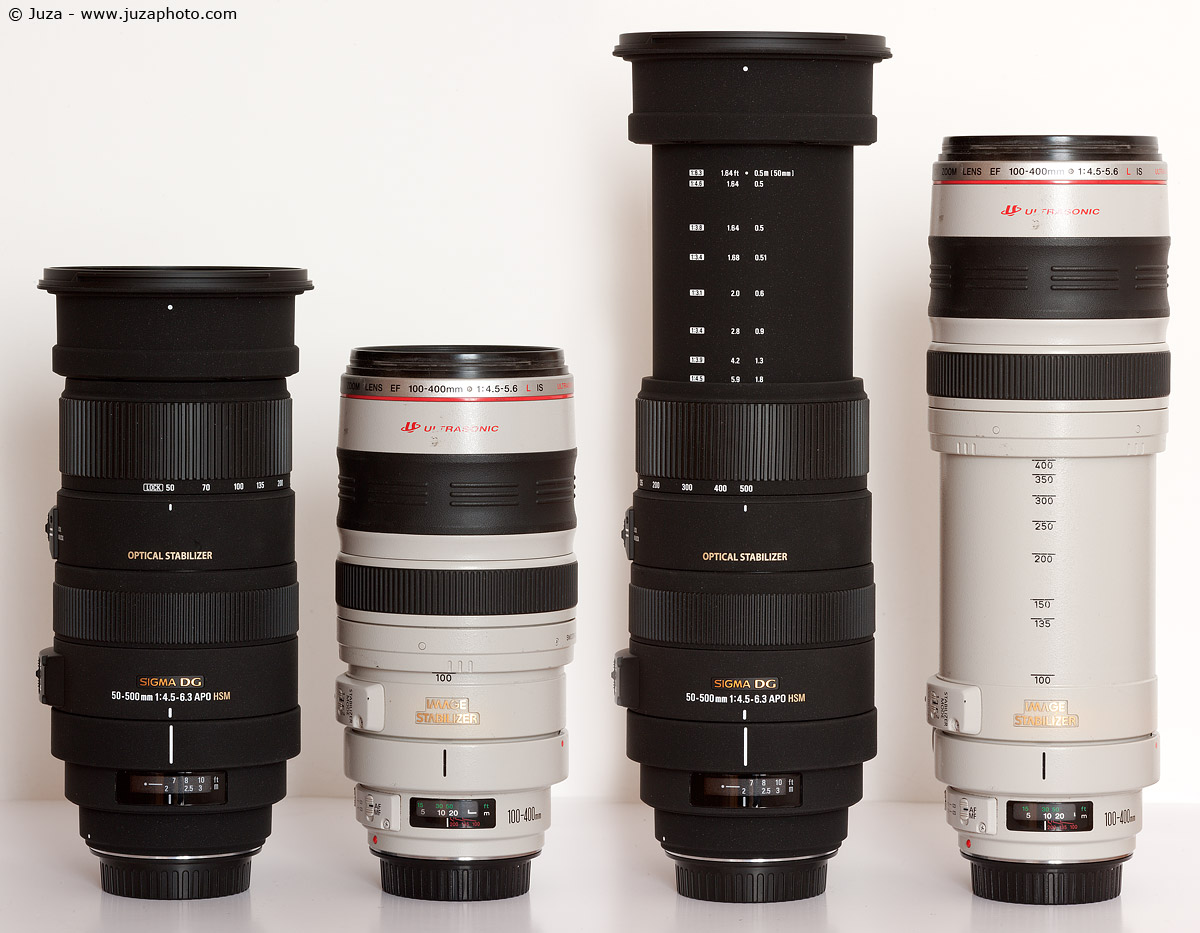
Image quality (in comparison with Canon 100-400)
I have tested the lenses on my Canon 7D (18 megapixel, APS-C). The lenses were mounted on tripod; I have used mirror lock up and self timer. The following images are 100% crop from the unprocessed RAW file. The crops are taken near the center of the image; anyway, when you use a FF lens on APS-C you won't see huge difference between center and corners.
����| � | � �Sigma at 135 mm | � �Canon at 135 mm |
�
| �f/5.0 | � �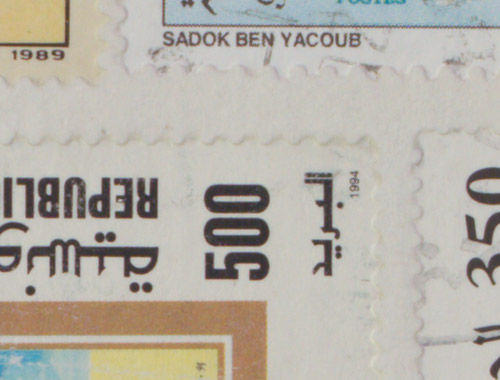 | � �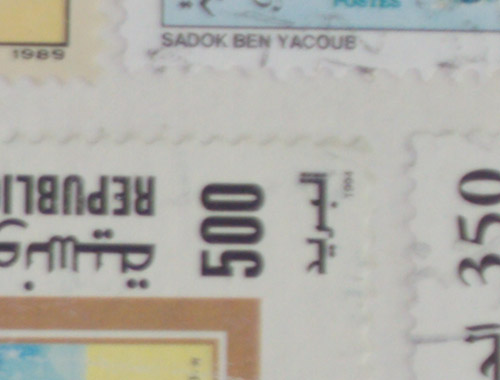 |
�
| �f/8 | � �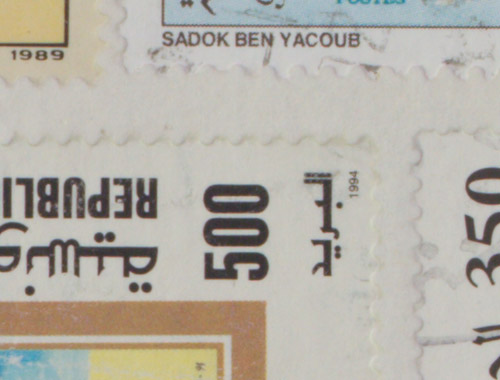 | � �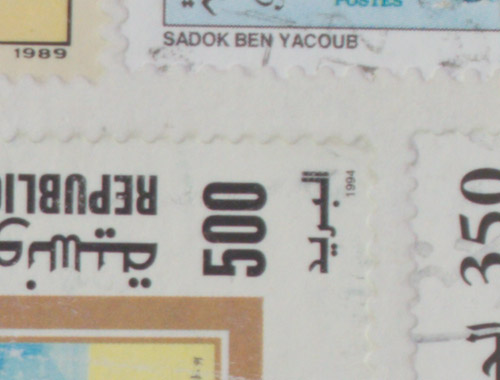 | �
�
At 135mm, there is really no contest, the Sigma is miles above the Canon, in particular wide open. That said, the performance of this copy of 100-400 at the short end is clearly below average - in the past I have tried other copies of 100-400 that were much sharper at 135mm. In the past I have criticized Sigma for the sample variation (image quality difference between various samples of the same lens), but even Canon sometimes has this problem.
����| � | � �Sigma at 300 mm | � �Canon at 300 mm |
�
| �f/5.6 | � �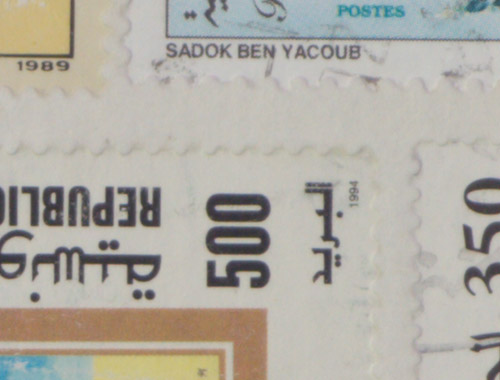 | � �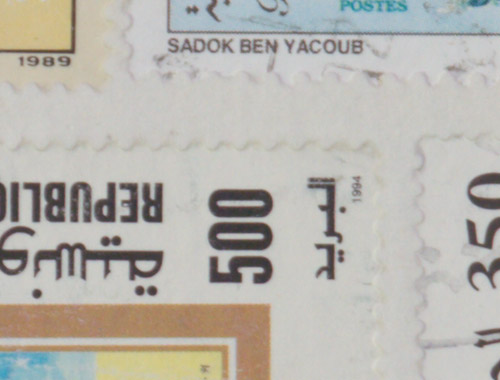 |
�
| �f/8 | � �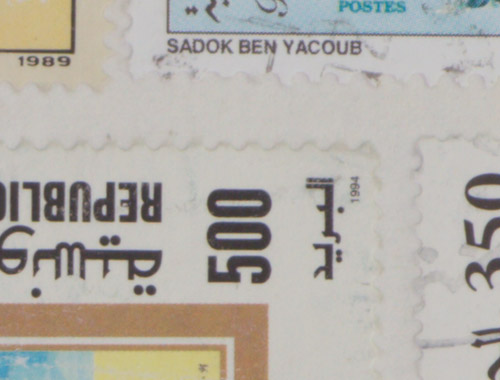 | � �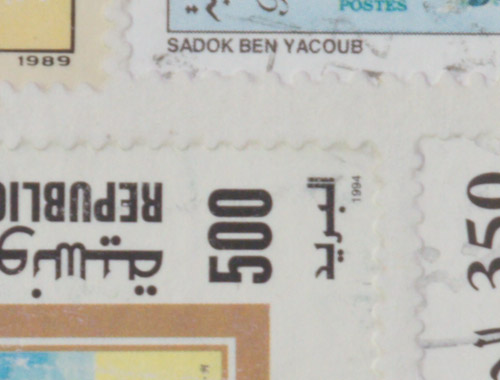 | �
�
At 300mm, the performance of the Canon is in line with the other samples of 100-400 that I have tried, and it is essentially identical to the new Sigma 50-500 OS. Both lenses have good sharpness at every aperture.
����| � | � �Sigma at 400 mm | � �Canon at 400 mm |
�
| �f/5.0 | � �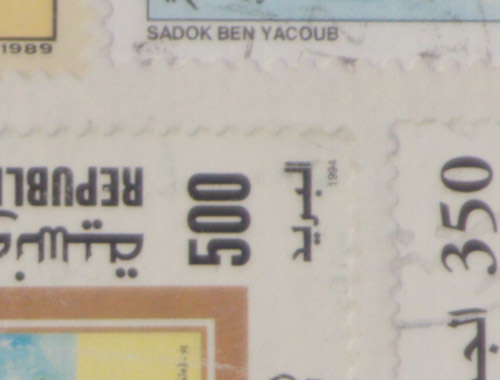 | � �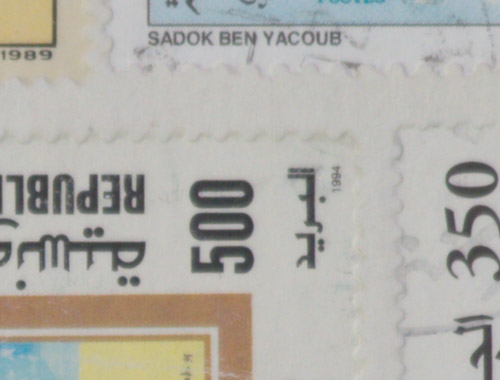 |
�
| �f/8 | � �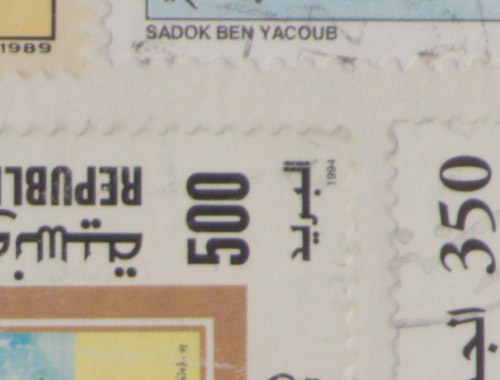 | � �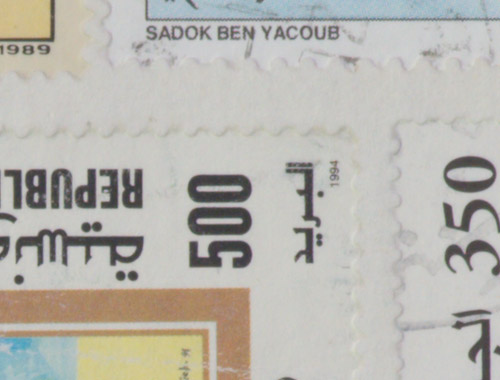 | �
�
At 400mm, the Canon is slightly better than the Sigma, but there is not an huge difference.
����| � | � �Sigma at 500 mm | � �Canon at 500 mm |
�
| �f/5.6 | � �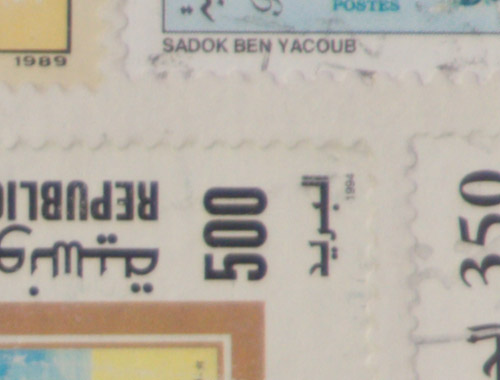 | � �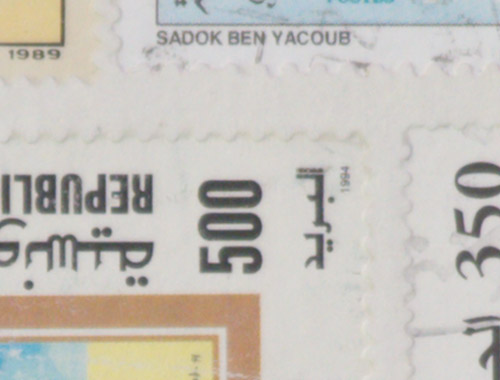 |
�
| �f/8 | � �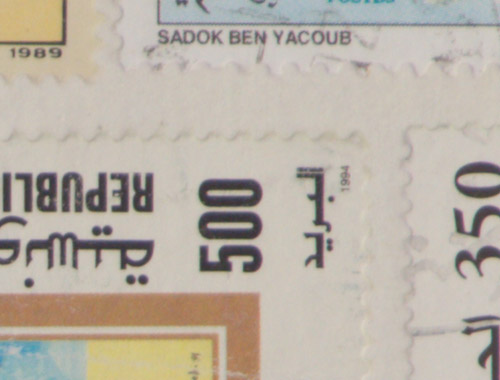 | � �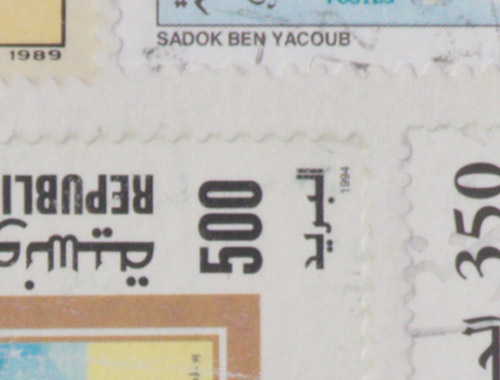 | �
�
At 500mm, the image quality of the Sigma get worse. It is still usable with some post processing, but it get softer and it has a visible chromatic aberration. If you compare it with a photo taken at 400mm with the Canon 100-400 (interpolated to match the magnification of the 50-500), the Canon shows a little more detail wide open, in spite of the shorter focal length, while at f/8 they are about the same.
Image Stabilization comparison

I don't do often tests of image stabilization because it is difficult to make a scientific comparison, but in this case I wanted to do a test because my first impression was not very positive. Even with stabilization active, I did not see much improvement, so I compared it with the Canon 100-400. I have taken 10 handheld photos with each lens at the test subject shown above; I have used an extremely slow shutter speed (1/10) at 400mm. I did not expect sharp photos at this shutter speed, but I was curios too see if the photos taken with the Sigma had more or less motion blur. The following images are 100% crops from the 10 photos.
���� � | � � | � � | � � | � � |
�
� | � � | � � | � � | � � | �
�
Sigma 50-500 at 400mm
���� �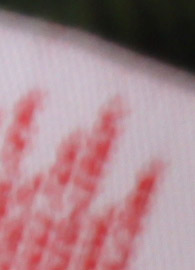 | � � | � � | � � | � �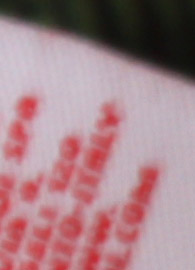 |
�
� | � � | � � | � �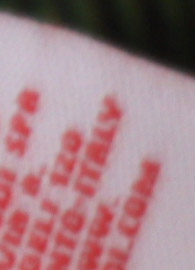 | � �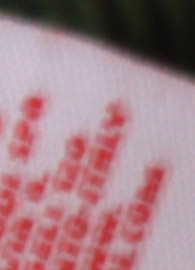 | �
�
Canon 100-400 at 400mm
The Canon 100-400 has a more effective stabilization, as I thought. Actually, the Canon 100-400 is not that great in comparison with recent lenses that have 4 stop IS, but the Sigma has a really poor image stabilization - I'd say it gives about 1 stop advantage, while the Canon is about 2 stops.
Samples and comments
These are some sample photos taken with the Sigma 50-500 OS HSM on Canon 7D, plus one photo taken with the Canon 100-400, for comparison. You can download either the untouched photo (JPEG converted from RAW without any additional post processing; minimum contrast and saturation, no sharpening, no AC, distortion or vignetting correction) or the post processed version. The untouched photo is a good way to see the real image quality of the lens, and the post processed versions allow to see the final quality you can get with good post processing techniques.
�
�
The new Sigma 50-500 has an image quality in line with its predecessor: very good for a 10x zoom. It is not super sharp wide open at 500mm, but for sure it is usable, and overall I wouldn't hesitate to use it at the widest aperture at every focal length. The Canon 100-400 is a little better at the long end, but overall both lenses are capable of good image quality. At 400 and 500mm, the Sigma has some chromatic aberration, but you can easily fix it with Photoshop.
Conclusions
The Sigma 50-500 OS is a nice update of its predecessor; it has kept good image quality (impressive for a 10x zoom!) and it adds the very useful image stabilization, even though it is not very effective: it helps, but it does not come close to the impressive 4 stop IS used on recent Canon and Nikon lenses.
The 50-500 OS has only one big problem: price. The old 50-500 was around $1000, the new 50-500 OS costs $1600, a price that put this lens in direct competition with the Canon 100-400 IS. So, if you had to choose between Canon 100-400 and Sigma 50-500 OS at the same price, which one would you buy? I think that the majority of people, me included, would go for the Canon. There is not an huge difference, but there are many little things that overall makes the Canon a better lens: slightly better image quality at the long end, much faster push-pull zooming, slightly faster AF, more effective image stabilization, better built quality, lighter weight and smaller size.
In conclusion, the 50-500 OS is a good lens, but I would not buy it until the price drops to more reasonable levels, as its $1000 predecessor.

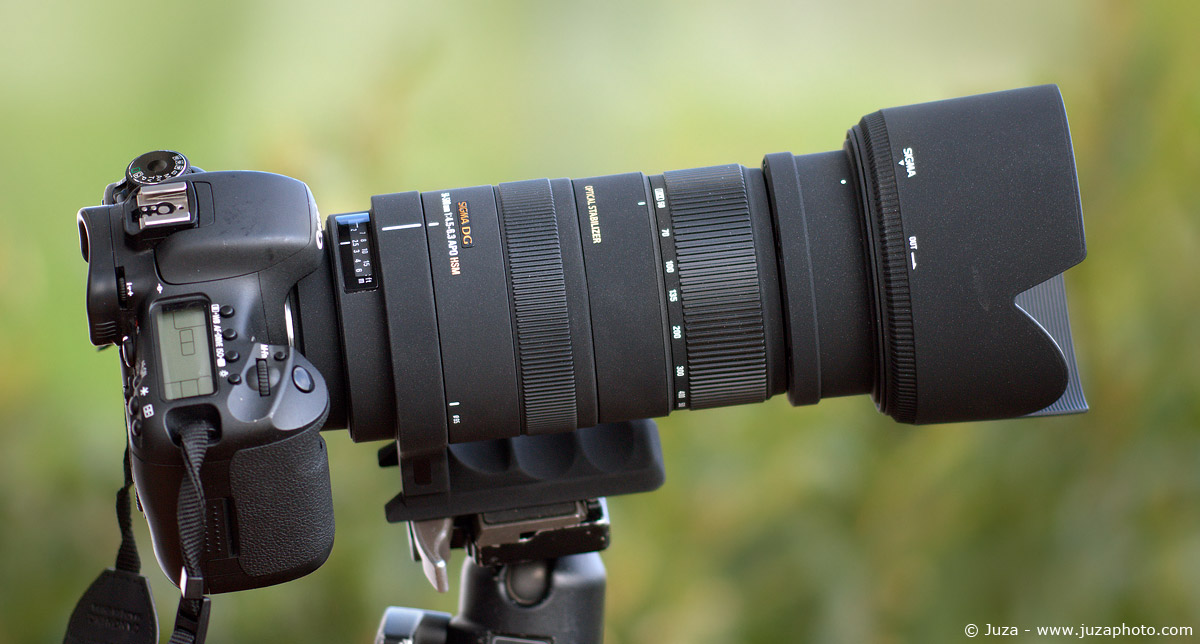










































 JuzaPhoto contains affiliate links from Amazon and Ebay and JuzaPhoto earn a commission in case of purchase through affiliate links.
JuzaPhoto contains affiliate links from Amazon and Ebay and JuzaPhoto earn a commission in case of purchase through affiliate links.